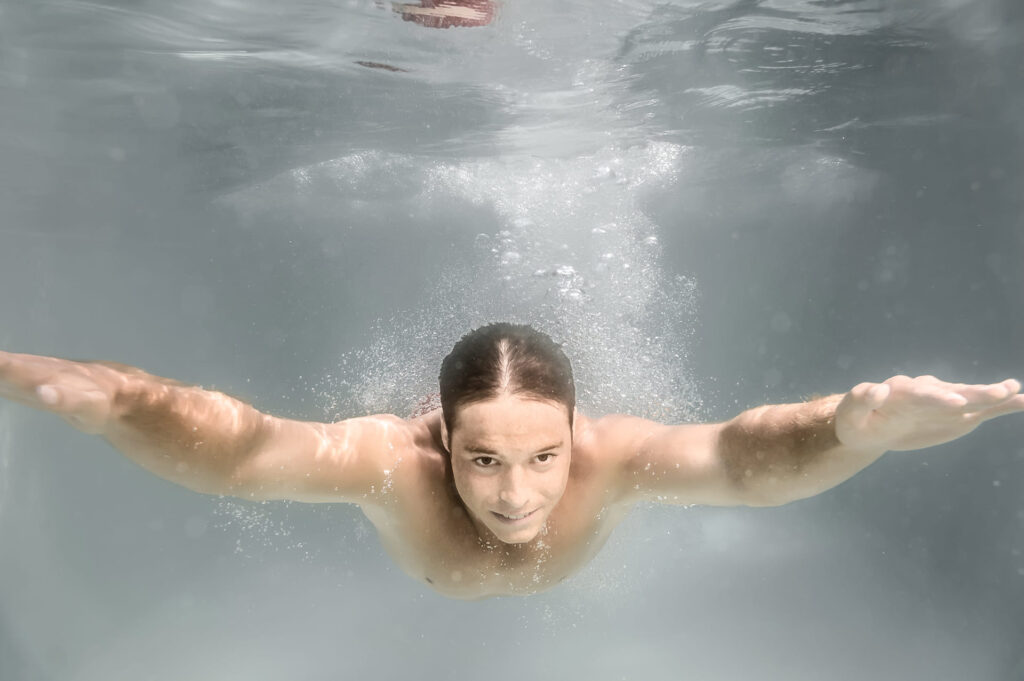Recovery from LASIK surgery invites a handful of subtle shifts to daily life, ones that aren’t always obvious going in. The promise of sharper vision doesn’t always come with clear expectations about what happens after the procedure. Life after LASIK and how driving, screen time, and sleep are affected often varies more than most people expect. This explores how those everyday habits may change, what to monitor, and when things typically return to baseline.
Adjusting to Routine After LASIK Eye Surgery
For most people, the recovery period doesn’t include major complications, but it’s rarely a uniform experience. Take someone in their mid-30s who works in front of a computer all day. Driving home at night, spending long hours at a screen, and struggling with restless sleep after surgery are all common situations. These moments show up often, even if they don’t last long.
Adapting to new visual inputs can briefly make daily routines feel unfamiliar. Some people find their depth perception shifts for a few days. Others notice that familiar lights at night appear oddly sharper or have halo effects.
- Patients typically regain driving confidence within 24 to 72 hours
- Digital screens can strain healing eyes during the first week
- Protective eye shields are recommended during sleep for up to a week
Driving After LASIK Vision Correction
Navigating the road after LASIK brings both freedom and a short period of caution. Most people are cleared to drive within a day or two once their surgeon confirms they meet the legal vision threshold, usually 20/40 or better. According to the American Academy of Ophthalmology, this is the minimum standard in most U.S. states. That doesn’t mean it feels comfortable right away, especially after sunset.
During early recovery, bright lights like headlights and traffic signals can produce halos or starbursts. These side effects are common and usually fade after a few weeks. In the moment, though, they can be distracting and uncomfortable.
- Avoid nighttime driving during the first three to five days
- Schedule short drives in daylight to rebuild confidence
- Night vision disturbances often improve within one month

Screen Time After LASIK Eye Surgery
Screens aren’t easy on freshly corrected eyes. Whether on a phone, laptop, or monitor, digital glare can amplify eye strain when tear film production hasn’t fully balanced out yet. The National Eye Institute reports that dry eye affects nearly 95 percent of people in the first few days after LASIK. This makes prolonged screen time one of the more uncomfortable parts of recovery.
Some people find themselves blinking less frequently while working, which makes dryness worse. Blue light exposure can also delay melatonin production and disturb sleep during a phase when rest is essential.
- Follow the 20-20-20 rule: every 20 minutes, look 20 feet away for 20 seconds
- Use lubricating eye drops as directed by your surgeon
- Reduce brightness and activate night mode to ease eye strain
Sleep After LASIK Surgery Recovery
Healing moves faster during quality sleep. After LASIK, consistent rest helps the cornea recover and reduces inflammation. Still, sleep doesn’t always come easily. Light sensitivity, mild irritation, and new nighttime sensations like dryness or visual glare can interrupt rest during the first several nights.
Wearing protective goggles or shields during sleep helps prevent accidental rubbing, which is risky during early healing. The corneal flap made during LASIK is delicate in the first few days. Johns Hopkins Medicine notes that most healing takes place within the first week, but it can take months for full stability.
- Use provided eye shields for five to seven nights after surgery
- Sleep in a slightly elevated position to reduce eye pressure
- Avoid caffeine and screen exposure before bed to support rest
Tips for Adjusting to Post LASIK Life
There’s no single roadmap for the LASIK recovery experience, but a few small habits can make a big difference. Most people are eager to get back to work, social plans, and daily movement. It helps to ease into that rhythm while keeping a few supportive practices in place.
Surgeons often recommend preservative-free eye drops for several weeks. Wearing sunglasses, even indoors under fluorescent lighting, can ease transitions and reduce strain. Post-op visits are also key for checking progress and catching concerns early.
- Use UV-protective sunglasses even during cloudy weather
- Avoid eye makeup, contact sports, and swimming for at least two weeks
- Keep follow-up appointments, typically at one day, one week, and one month

When to Resume Normal Activities After LASIK
Returning to exercise, makeup, swimming, and travel needs a flexible timeline. Vision may feel sharp quickly, but the tissue continues to stabilize for weeks. The U.S. Food and Drug Administration recommends waiting at least two to four weeks for high-impact activities or sports with physical contact, and a minimum of two weeks before swimming.
Flying is usually allowed after a few days, though dry cabin air can be uncomfortable. If you re-enter water before the two-week point, use watertight goggles to protect the eyes. Still, most providers recommend holding off altogether to avoid irritation or infection risk.
- Resume light workouts after three to five days, avoiding sweat near the eyes
- Hold off on eye makeup for at least one week
- Wait two weeks before using pools, hot tubs, or entering lakes and oceans
Key Takeaways for Life After LASIK How Driving Screen Time and Sleep Are Affected
Daily routines change slightly after LASIK, but most shifts are temporary. For many people, the freedom from glasses or contacts makes those early adjustments worthwhile. Knowing what to expect helps prevent surprises and builds confidence during recovery.
Driving can feel different, especially at night, but returns to normal as the eyes stabilize. Screen use requires mindfulness during healing, and sleep plays a critical role in visual recovery. With rest, hydration, and follow-up care, most people settle into post-LASIK life smoothly.
Frequently Asked Questions
How long before I can drive at night after LASIK?
Most people feel comfortable driving at night within one to two weeks. This can vary based on how quickly night glare and halos improve.
Is it normal to feel eye strain while using a computer after LASIK?
Yes, especially in the early days. Healing eyes often produce fewer tears, which can make screen time feel more intense.
Do I need to change my sleep position after LASIK?
Sleeping slightly elevated can reduce pressure on the eyes, but protective eye shields matter more. These prevent accidental rubbing.
Can I watch TV or use my phone the same day as LASIK?
Short use is generally fine, but long sessions should wait until the following day. Resting your eyes early in recovery is more helpful.
Why does light seem extra bright after LASIK surgery?
Sensitivity to light is common during early healing. It usually fades within several days as the eyes adjust to their new shape.

